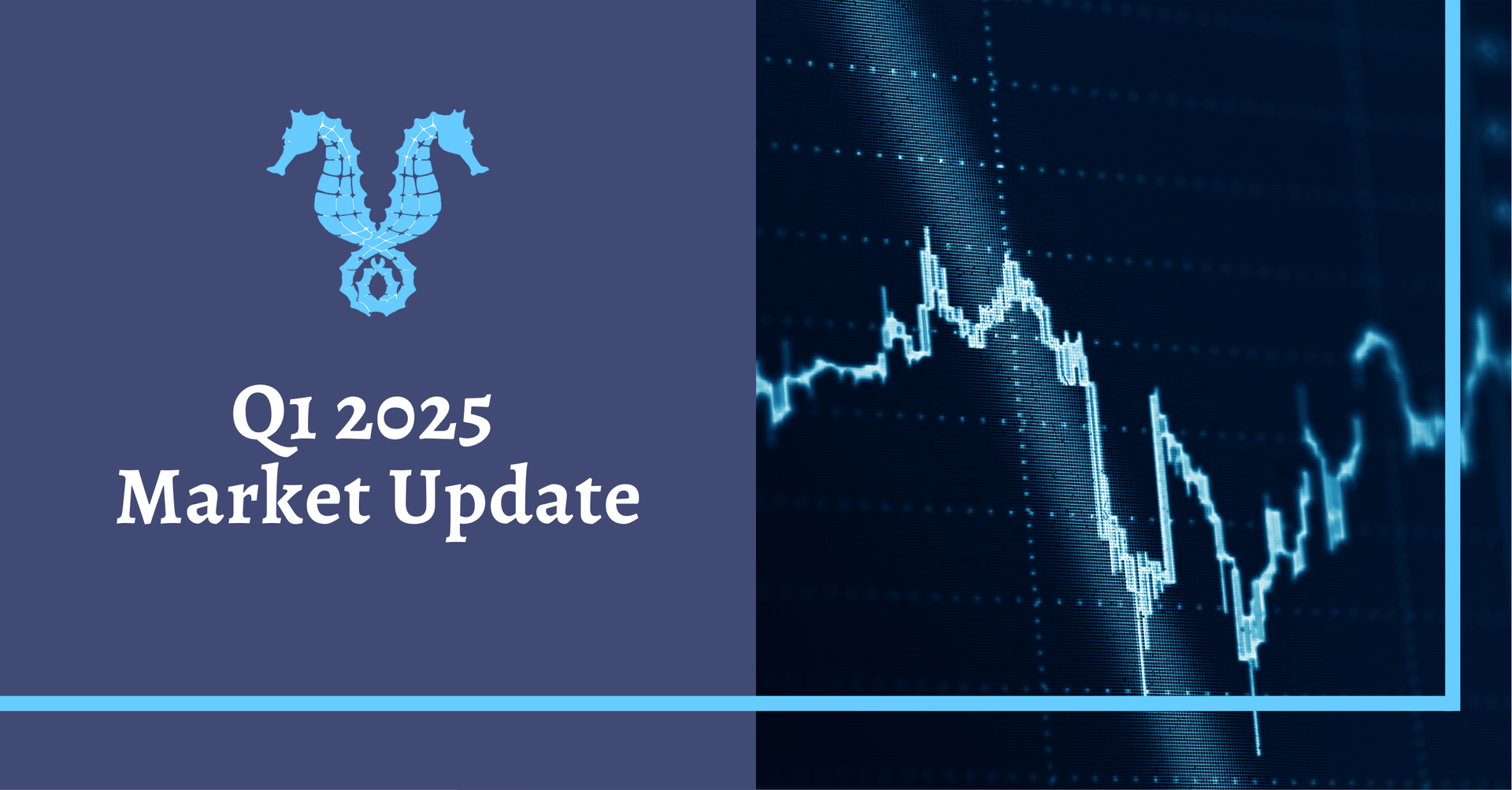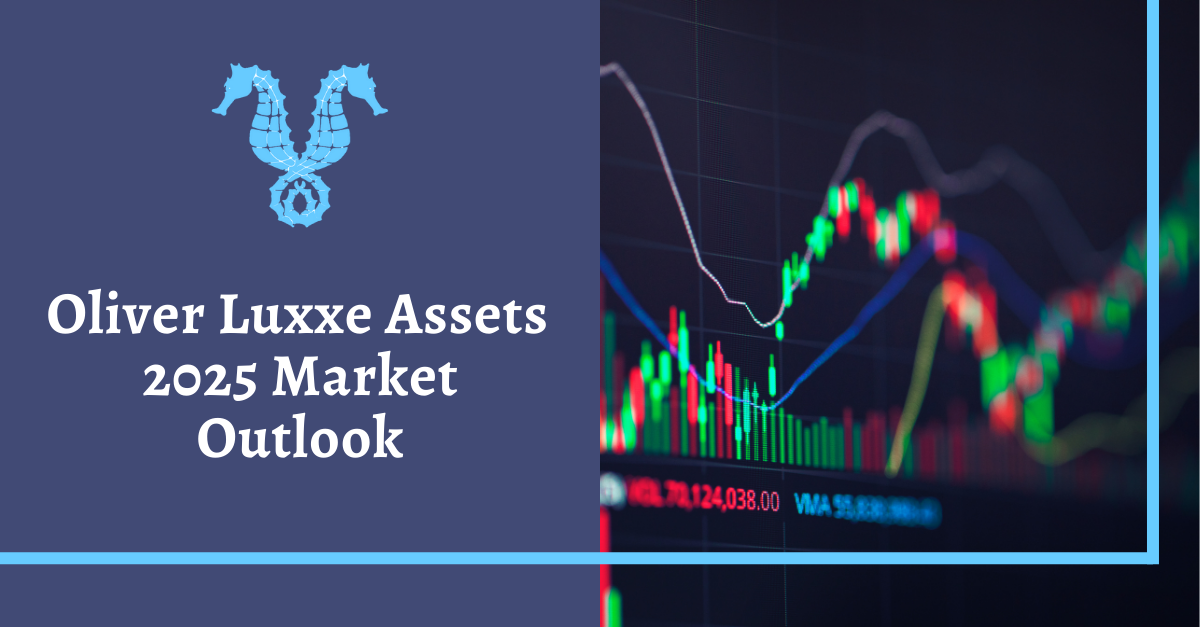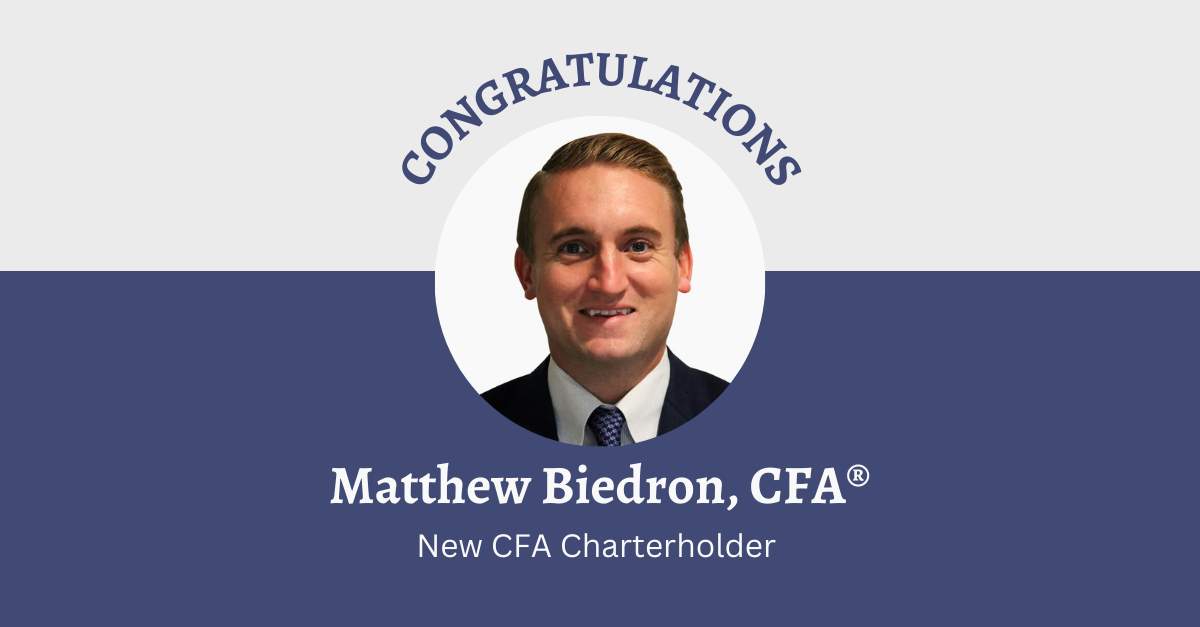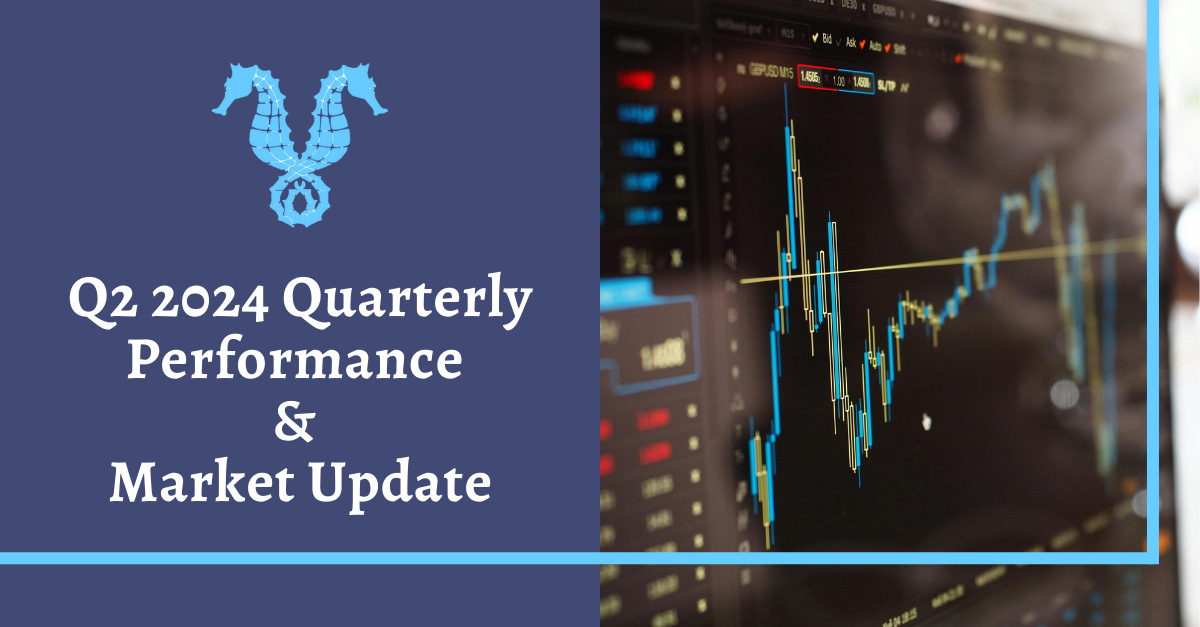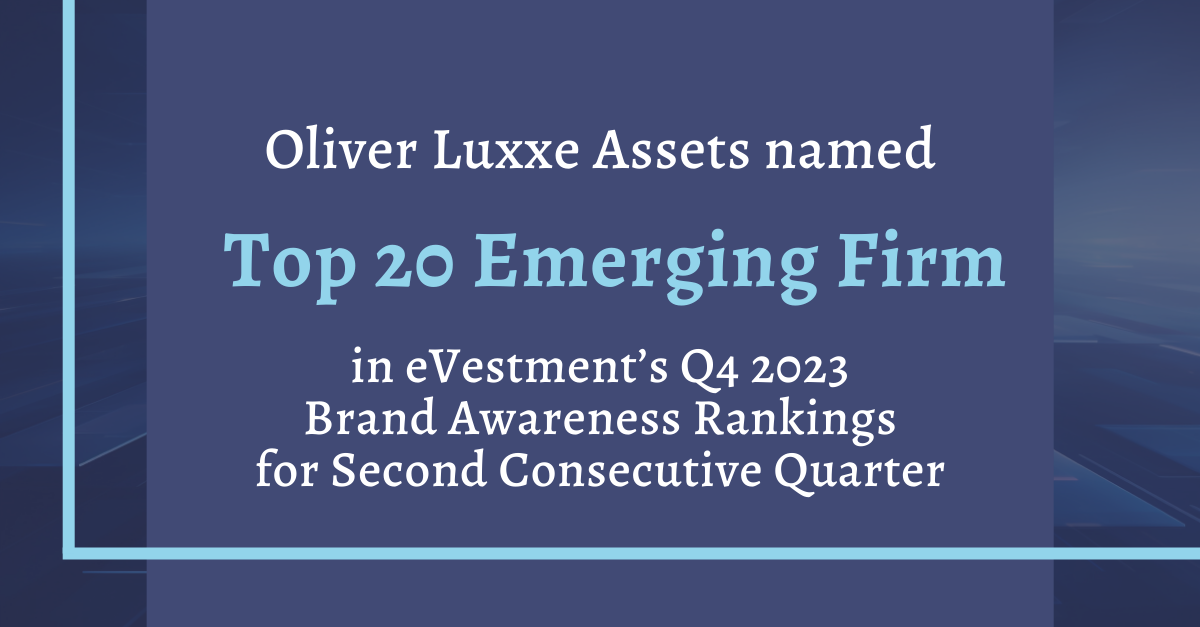White Paper: The Importance of Reinvestment Opportunities in Driving Intrinsic Value
Executive Summary
At Oliver Luxxe, we believe that the intrinsic value of an asset stems from its ability to generate sustainable cash flows over time, discounted at an appropriate required rate of return. Central to this valuation framework are three key drivers: return on invested capital (ROIC), reinvestment opportunities, and the quality and sustainability of earnings. Through our proprietary quantitative screening process and rigorous fundamental analysis, we seek to identify companies with these characteristics. Our "Private Equity in the Public Marketplace"
approach integrates detailed financial modeling and competitive positioning analysis to uncover businesses with compelling reinvestment opportunities. This white paper explores the critical role of reinvestment opportunities in value creation, the metrics that illuminate a firm’s capacity to reinvest effectively, and how sustainable free cash flow acts as a catalyst for long-term growth.
The Foundations of Intrinsic Value
We believe the value of any asset is fundamentally tied to the present value of its future cash flow, discounted by a rate that reflects the risk and opportunity cost of capital. For equity investors, this translates into a focus on three interconnected pillars:
- Return on Invested Capital (ROIC):
A measure of how efficiently a company allocates its capital to generate profits.
- Reinvestment Opportunities:
The ability of a firm to deploy excess cash into high-return projects, whether through organic growth or inorganic strategies like mergers and acquisitions (M&A).
- Quality and Sustainability of Earnings:
The reliability and resilience of a company’s earnings across economic cycles, providing the fuel for reinvestment.
While our proprietary quantitative analysis helps us to systematically identify companies exhibiting these traits, the cornerstone of our process at Oliver Luxxe is detailed fundamental due diligence. This includes constructing discounted cash flow (DCF) models, performing comparable company analyses, and evaluating a firm’s competitive moat. By adopting a “private equity” mindset within the public markets, we aim to uncover businesses that not only generate strong returns but also possess the capacity to reinvest those returns at above-market rates.
Reinvestment Opportunities: Organic and Inorganic Growth
Reinvestment opportunities define a company’s ability to compound value over time. These opportunities fall into two categories:
- Organic Spending:
Investments in existing operations, such as expanding production capacity, increasing R&D investments, enhancing product lines, or improving efficiency.
- Inorganic Spending:
Accretive M&A that strengthens market position, diversifies revenue streams, or unlocks synergies.
The success of reinvestment hinges on the availability of excess cash and management’s ability to deploy it at attractive rates of return. Consider a hypothetical example:
- A company generates $10.00 in revenue and $5.00 in net income (a 50% net margin).
- It converts 100% of its net income into free cash flow (FCF), yielding $5.00.
- Management reinvests $2.50 (a 50% reinvestment rate) at a ROIC of 30%, well above its WACC of 10%.
- This $2.50 grows to $3.00 in value, while the remaining $2.50 of FCF remains available for other uses, such as dividends, debt reduction, or further reinvestment.
This "flywheel" effect, where high ROIC compounds through disciplined reinvestment, distinguishes exceptional businesses from average ones. However, the flywheel only spins if earnings are both high-quality and sustainable.
The Oliver Luxxe Principles
Our "Private Equity in the Public Marketplace" philosophy sets us apart by blending the rigor of private equity analysis with the liquidity and diversity of public markets. We prioritize companies with:
- High and sustainable ROIC relative to WACC.
- Robust reinvestment opportunities that may signal above-market returns.
- Durable earnings and free cash flow to fund those opportunities.
By combining quantitative analysis with deep fundamental research, we seek to uncover undervalued businesses poised for long-term value creation. Our financial models project cash flows over multi-year horizons, while our competitive analysis seeks to ensure that reinvestment opportunities are defensible against industry rivals.
Conclusion
We believe reinvestment opportunities are a critical yet often overlooked driver of intrinsic value. Companies that can generate high returns on invested capital and are able to reinvest those returns at attractive rates can compound wealth beyond their peers. At Oliver Luxxe, our disciplined process seeks to identify these opportunities, leveraging both data-driven insights and hands-on analysis. In a market where short-term noise often overshadows long-term fundamentals, our focus on sustainable cash flows and reinvestment potential positions us—and our investors—for long-term success.
Disclosures:
All investment strategies have the potential for profit or loss. Different types of investments involve varying degrees of risk, and there can be no assurance that any specific investment will be suitable or profitable for a client's investment portfolio. This is not a recommendation nor an offer to sell (or solicitation of an offer to buy) securities in the United States or in any other jurisdiction.

